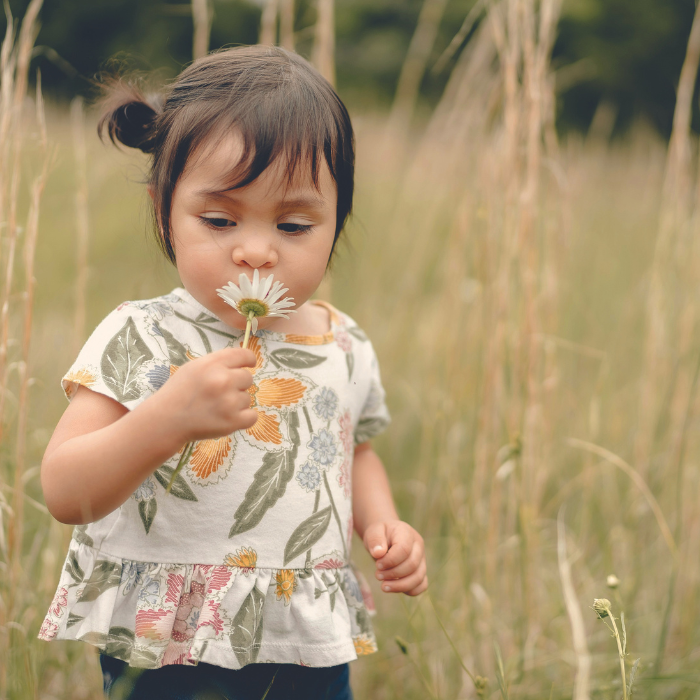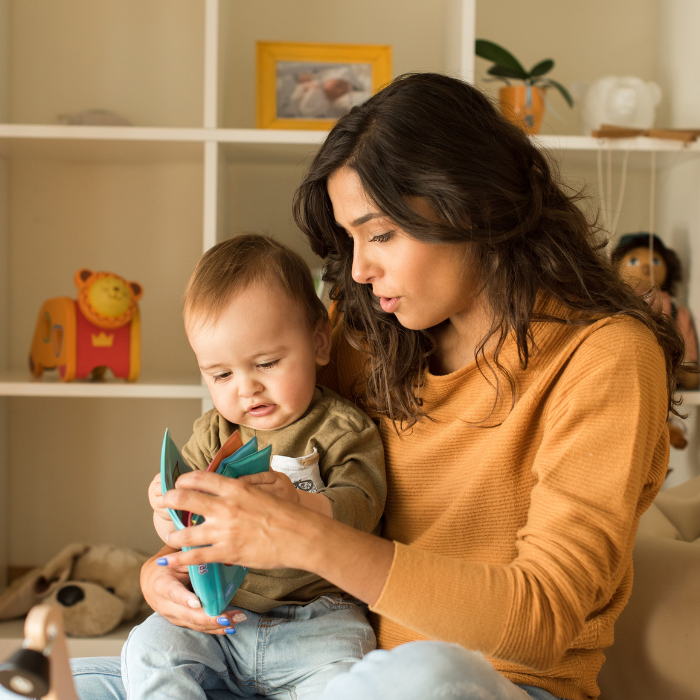
The school drop-off can be a source of anxiety for both children and parents. Whether starting school or early childhood education for the fi rst time, changing schools, changing classrooms, returning after holidays or lockdowns, or adjusting to COVID-19 protocols; we all want our tamariki to start their day smiling.
BUILDING FAMILIARITY
It’s all in the preparation when it comes to a positive start at school. Nathan Wallis, Neuroscience Educator, suggests that engaging kids in the process and getting familiar with new environments will help them to feel more safe and secure. “The biggest issue is around creating predictability for the child. Eldest children have the most trouble transitioning into school because they don’t know what to expect,” he says. Nathan recommends arranging a visit outside of school hours or when school is quiet, to orientate the child. They can find out where their classroom is, where they’ll eat lunch, what the playground looks like, and importantly, how to find the toilets. Formal school visits are usually arranged as children approach their start-date. These provide an opportunity for both parents and children to get to know their teacher and to experience a classroom environment.
MANAGING THE DROP-OFF
Meeting the five-day-a-week school life commitment can involve major routine changes at home. To start the day in a state of calm rather than chaos, Play Therapist, Abby Linn recommends making a visual checklist of the morning routine for kids to follow as they get ready. This could include getting dressed, having breakfast, brushing hair and teeth, packing their bag, putting on shoes and getting into the car. Encouraging self-management over those morning tasks helps kids transition into the school environment where there is more expectation they can manage themselves and their belongings. However, it’s often the drop-off at school that causes the most concern. “When a child is experiencing an unpredictable situation, their brainstem is aroused,” says Nathan Wallis. In other words, they have entered ‘fight or flight’ mode. Neurologically, this means they are not capable of taking on new information and adapting well to changes. To support children performing the task of learning, kids need to feel comfortable in their environment and know what to do when they need help. In those early weeks, it’s beneficial to develop strategies with the child’s teacher for managing the transition at drop-off . Nathan recommends a physical transfer of the child, from their parent, or primary caregiver, to their teacher. This should be consistent, supportive, and predictable for the child’s sense of security. He encourages the child’s parent or caregiver to be available if necessary, during those early days of starting school. “It’s important to do whatever makes them feel the most secure in that environment,” he says.
SEPARATION ANXIETY
For kids feeling worried or anxious, it’s helpful to develop tools that empower them with a sense of control over the situation they’re in. When they can physically do something and take action if they feel emotionally dysregulated, it brings kids back into their bodies, helping them to calm down after having a stress reaction. Abby recommends developing coping strategies, so parent and child can feel connected when they can’t physically be together. Matching bracelets, lunchbox notes, or drawing on a ‘smile stone’ they can keep in their pocket are some ideas. A child can give their ‘smile stone’ a squeeze and remember your love and support when they need that sense of security. If allowed, kids could bring a comfort item from home as they settle into school. Practice some language at home for when your child needs to ask for help from their teacher, so they know what words to use to express their problems and needs. Breathing techniques can help them calm down and regulate their nervous system. Allow for a few minutes of one-on-one time at the end of the day to give your child an opportunity to offload their worries and talk about anything that is on their mind after their day. They might not be ready to talk straight after school so making this part of the bedtime routine can help them decompress before they go to sleep.
Top 10 Tips
- Get familiar with the school by visiting when it’s quiet.
- Attend school visits and meet your child’s teacher.
- Acknowledge your child’s worries, and discuss things they can look forward to.
- Learn what protocols are in place for planning how the drop-off and pick-up will work.
- Create a visual checklist your child can follow for the morning routine.
- Agree on a drop-off strategy with your child’s teacher.
- Stay feeling connected through the day by making something your child can touch, read or hold in their hand while you’re apart.
- Practice language to use when your child needs to ask for help.
- Use words, phrases or breathing techniques that help your child to calm down.
- Make time for a few minutes of one-on-one to talk at the end of the day.
Hannah Davison is the author and co- founder of the award- winning children’s book initiative, My Big Moments – personalisable books that cover topics such as starting school, building resilience, new siblings, grief and loss, and going to hospital.








